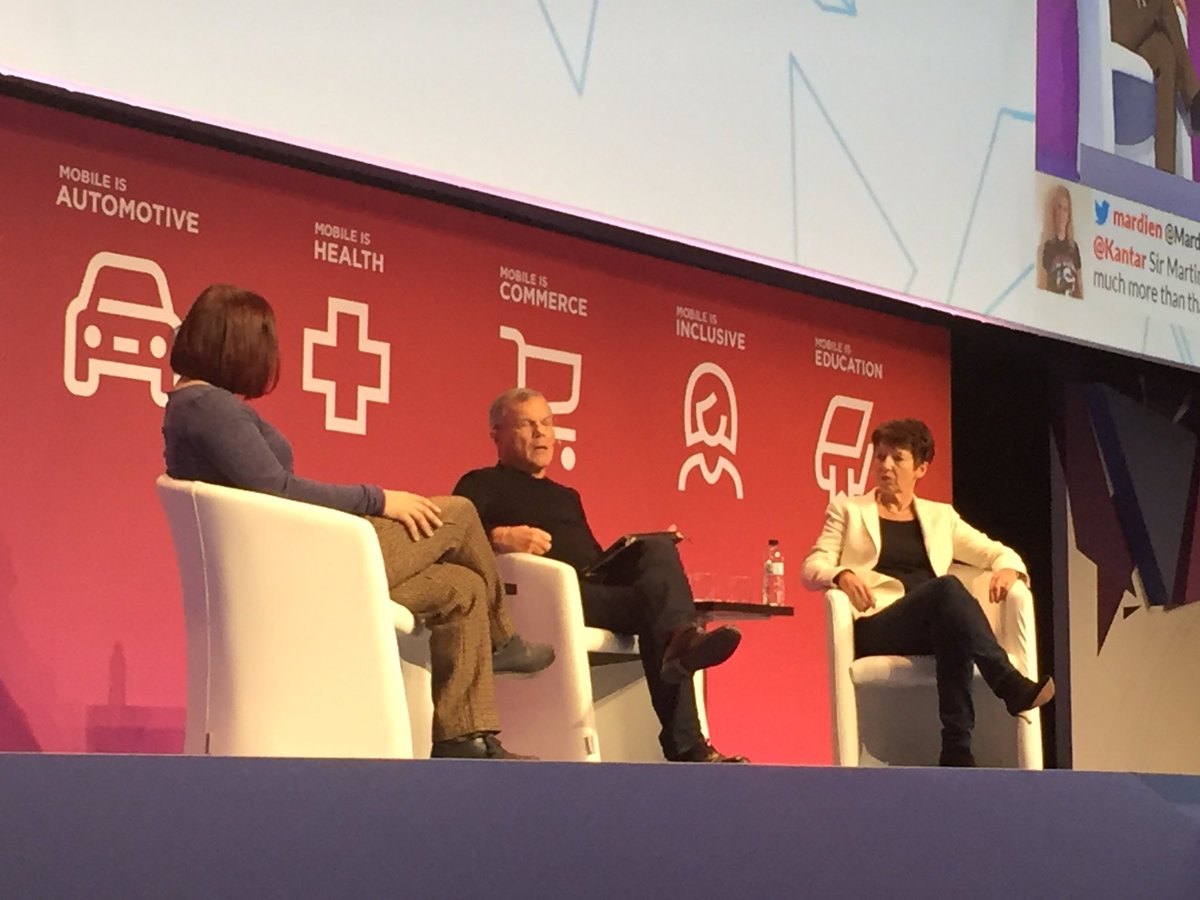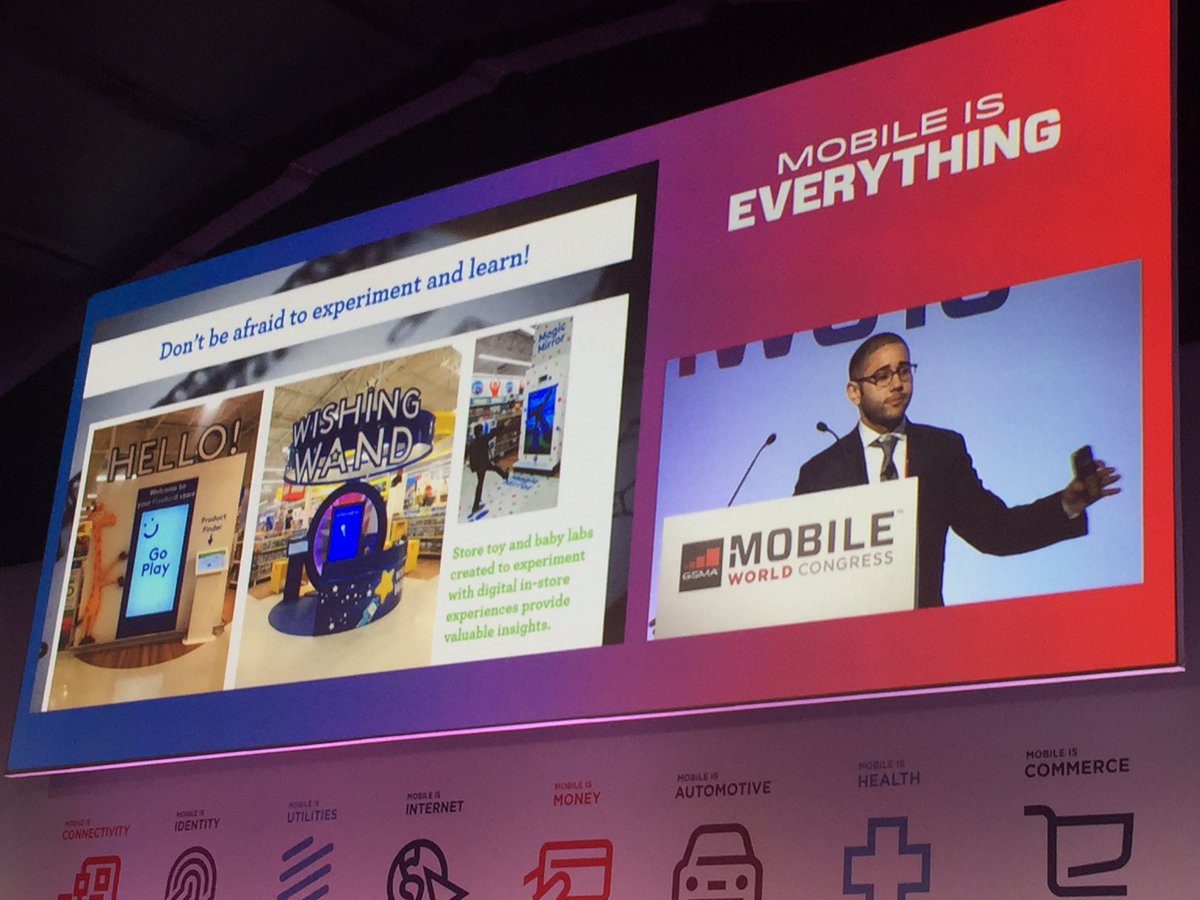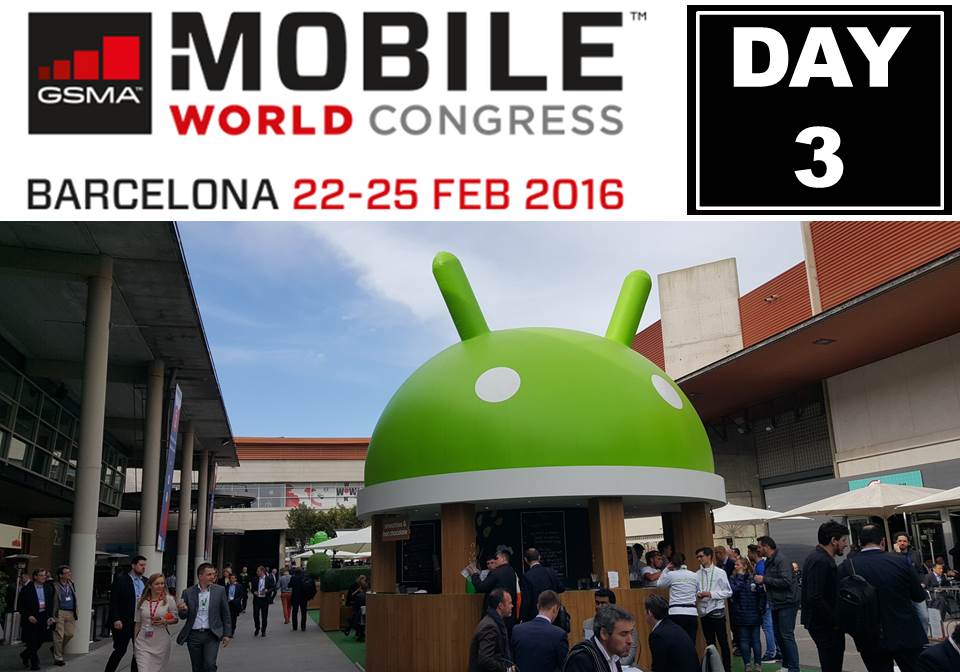This week, we are attending the Mobile World Congress (MWC) 2016 in Barcelona. Here, we share the highlights from day three of the event. For our full report, click here.
Highlights from Day Three
- Mobile advertising presents two main challenges: accurately measuring return on investment and creating ads that really work on mobile devices’ small screens.
- Fossil is among the fashion accessories companies that are pushing into wearable technology; in the not-too-distant future, all Fossil watches will likely be connected in some way.
- Near-field-communication (NFC) labels mean the future may not belong to the Internet of Things, consisting of complex devices, but to the “Internet of Everything,” in which any object can become connected through an NFC label.
Industry Sees Productivity and Service Gains from Technology
GE Digital CEO William Ruh began day three by claiming that, although the consumer Internet boomed and evolved in the last decade, the industrial world did not take advantage of the Internet. He noted that annual productivity gains averaged 4% in the industrial world from 1990 to 2010, but that the rate has fallen to just 1% since 2011. As firms look to recover those gains seen in earlier years, they will look to tech. Firms that are industrial companies today will wake up as software companies tomorrow.
Read our full report to learn what executives from Cisco and Royal Caribbean had to say.
Dawn Airey and Sir Martin Sorrell

Martin Sorrell: “One of my biggest fears about mobile and the Internet is displacement of employment.” #MWC16
A keynote session featured two big names from British media: Dawn Airey, CEO of Getty Images, and Sir Martin Sorrell, CEO of WPP.
Globally, 2 billion people now have cameras, Airey noted, the majority of which are in smartphones. And around 25% of the photographs Getty now acquires are images taken on phones, she said. Looking ahead, Airey predicted that immersive photography and virtual reality (VR) are “just the beginning.” Getty has been shooting 360-degree photography since 2012, and is now supplying VR firm Oculus Rift with visual content.
Sorrell focused on what the mobile revolution means to advertising. He noted that advertisers have generally underinvested in mobile: the revolution has not registered yet, he said, although some “long tail,” smaller firms have recognized the significance of mobile ahead of their larger counterparts.
Wearables in the Spotlight—A Wearable Technology Session
At a session that focused on the future of wearables:
- Under Armour presented its HealthBox proposition, which includes a health band that measures sleep and heart rate, connected weighing scales, and a mobile app that tracks the user’s diet—all of which is brought together via the UA Record app. A “hyper-personalized experience integrated into Under Armour products is the future,” claimed Chief Digital Officer Robin Thurston.
- Fossil demonstrated how it is moving into technology with smartwatches, “smarter” watches and fitness bands. The company is making big investments, including hiring 200 tech staff, to bring its style credentials and big-name brands to these categories of wearables. Greg McKelvey, Fossil’s Chief Strategy and Digital Officer, predicted that all the company’s watches “will be connected in some way…in the not-too-distant future.”
- Stephane Marceau, CEO of OMsignal, said that the “number one secret” of the wearables market is that consumers buy fashion first. Marceau claimed there is a pyramid of consumer drivers, the foundation of which is fashion. The higher levels of the pyramid are tech based. The next generation of wearables, he forecast, will be focused on well-being and mindfulness.
Day Three Wraps Up with Session Focused on Retail
The final session focused on retail, and on the convergence of physical and digital retail, in particular.

Victor Ortiz, Toys “R” Us Director of Mobile Retail Engagement
We heard how Toys “R” Us is bringing tech into its stores with magic mirrors and “wishing wands” that allow kids to scan products to build their own wish lists.
The company’s app focuses on “micromoments” designed to create a connection to the in-store experience. “In-store moments can be won outside the store,” said Victor Ortiz, the company’s Director of Mobile Retail Engagement.
The micromoments discussion was continued by Davor Sutija, CEO of Thinfilm, a company that manufactures NFC labels for brand owners. Sutija made a convincing case that the future will not be so much an Internet of Things consisting of complex devices, but an “Internet of Everything,” in which any object can be made “smart,” or connected, via a small NFC label.
Read our full report for more from Thinfilm.
One-Line Takeaways from Day Three
“Apps are failing on long-term engagement. Three out of four apps are not used after their first use following download.”
–Scott Snyder, President, Chief Strategy Officer of Mobiquity
“The Internet was responsible for 43% of European and US economic growth between 2001 and 2011.”
–Patrick Collison, CEO of Stripe
Follow along with us on Twitter as we live tweet from #MWC16: @RetailTechStrat and @Debweinswig
